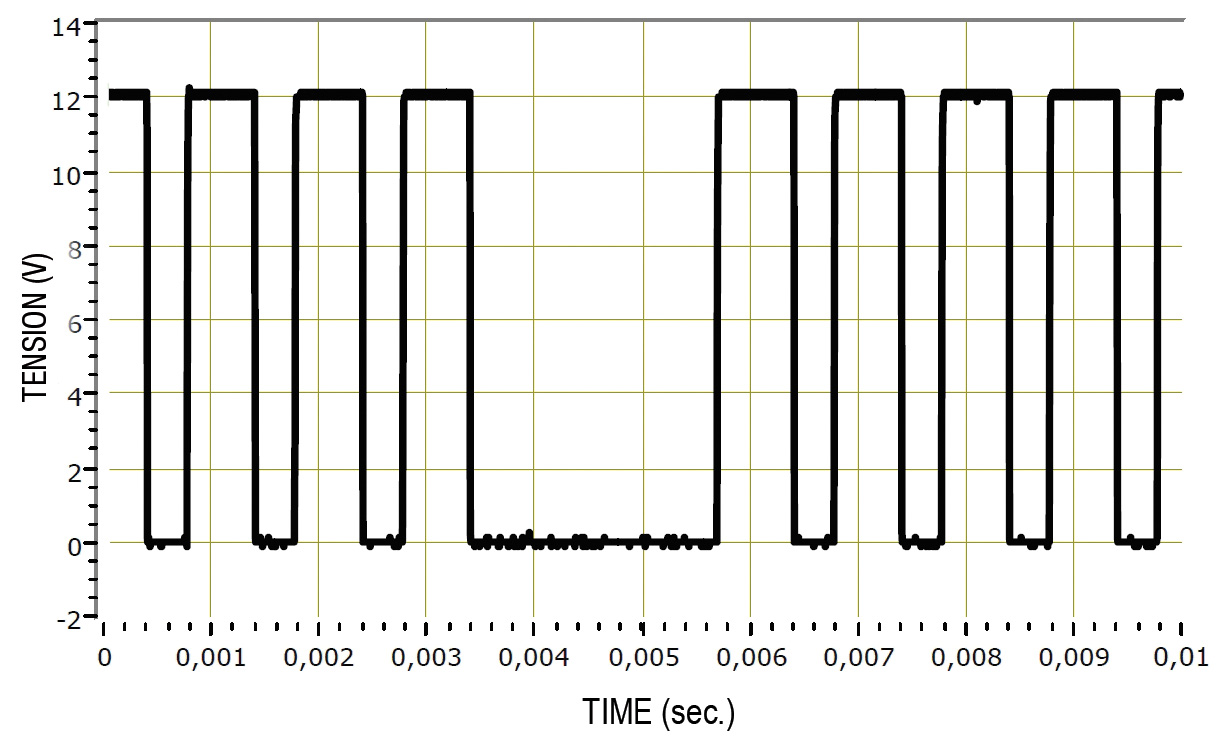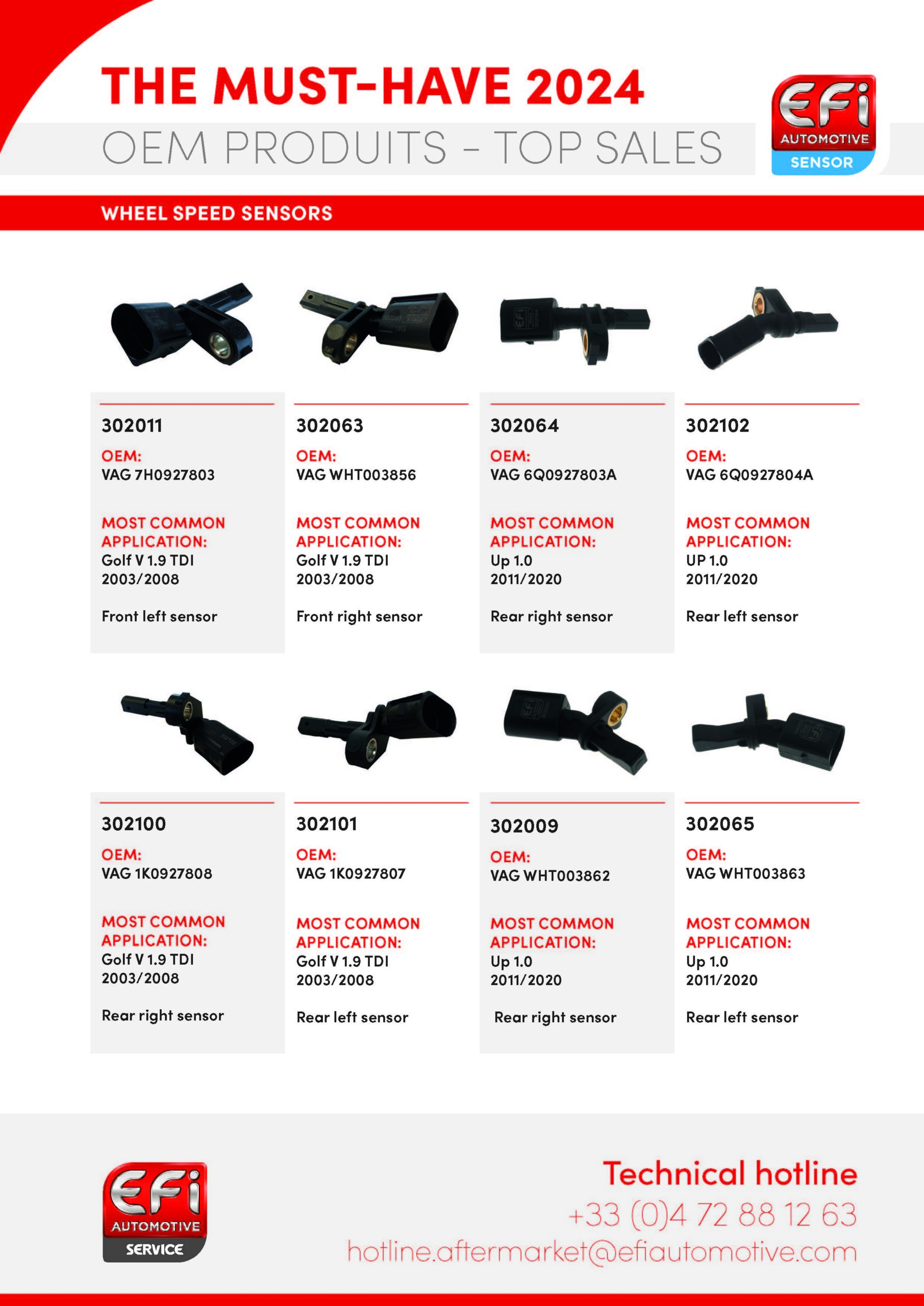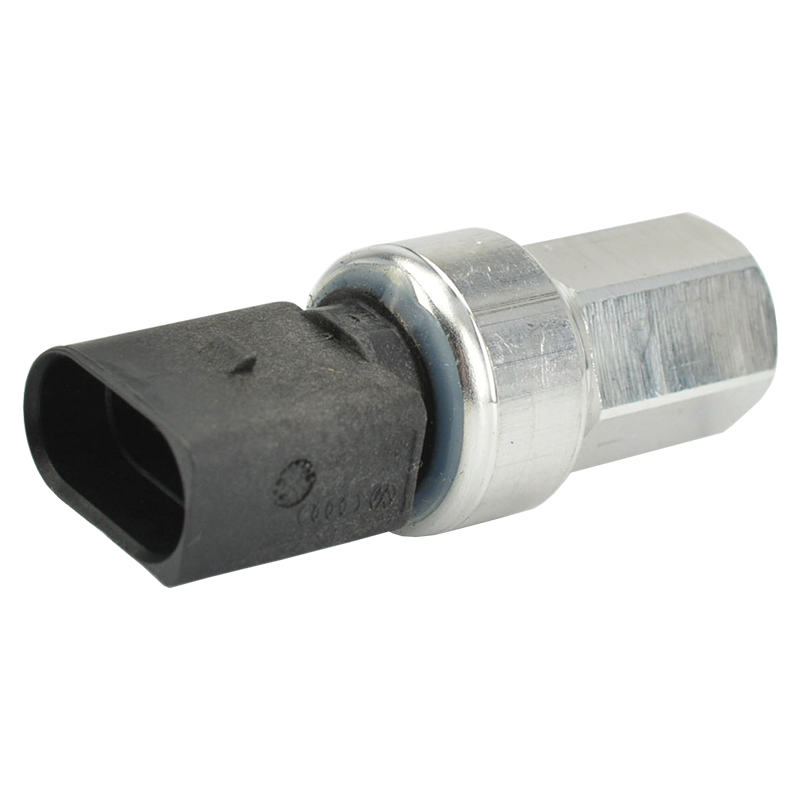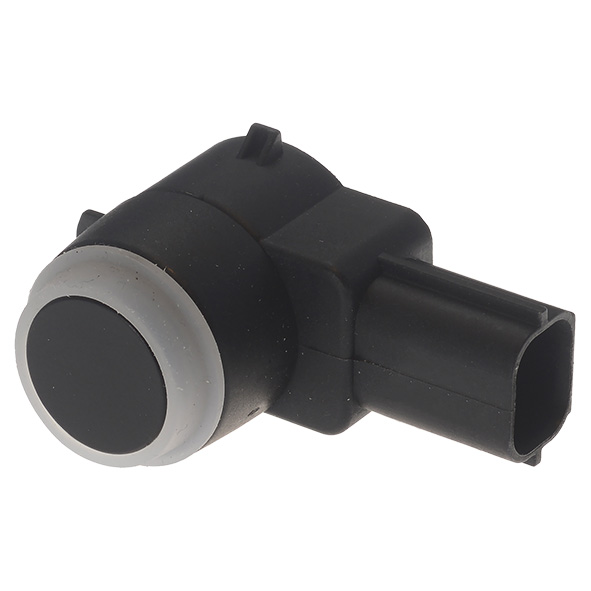When the wheel speed sensor fails, the ABS fault signal lights up on the dashboard, and a fault code – specific to each brand – is stored in the ECU’s memory, to be read and interpreted later by a compatible diagnostic kit. More specifically, although the light may be yellow / orange and not red, we cannot stress enough that you should not drive for long with a non-functioning ABS sensor. This is for your own safety, as the brake pressure regulation will be affected; and of course, in case of sudden emergency braking, your front wheels will lock.


















